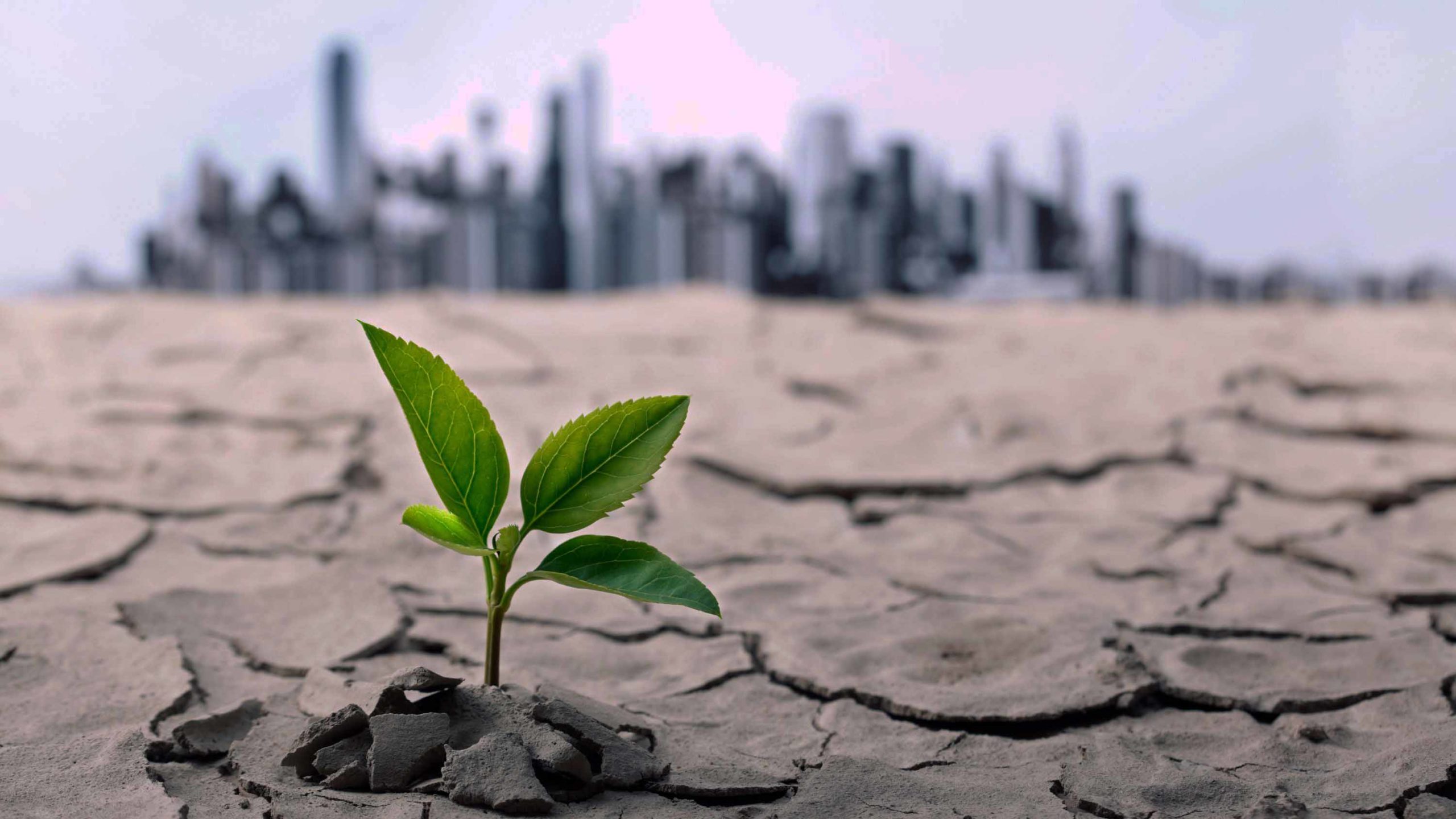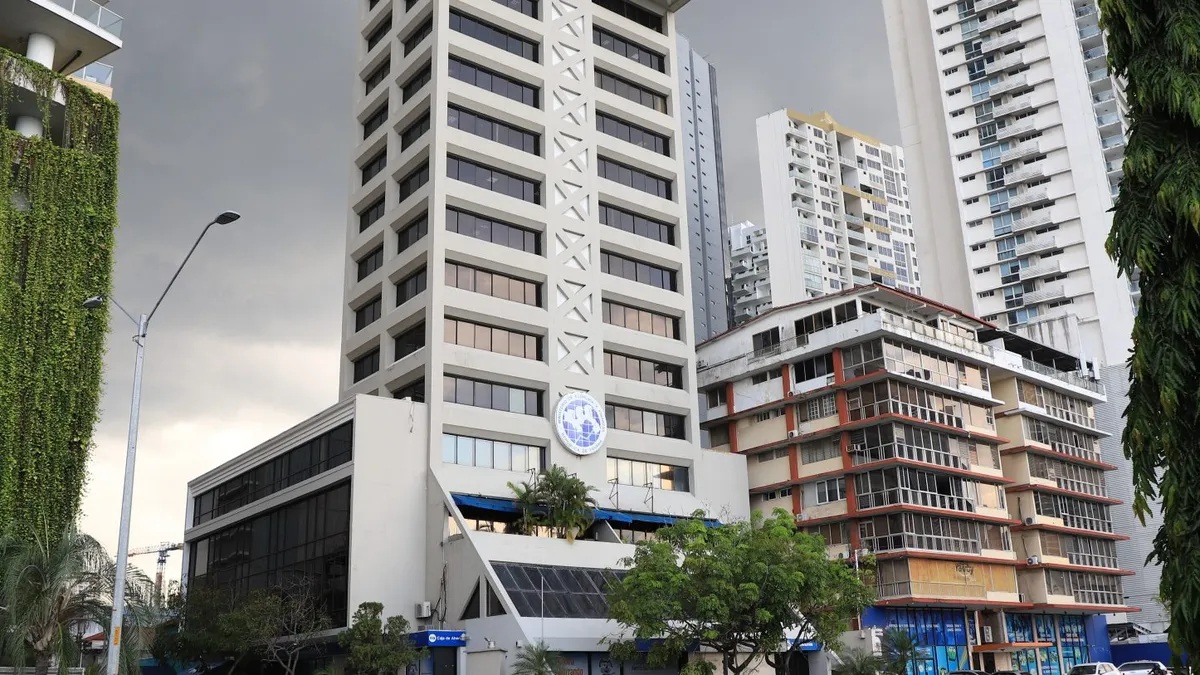Climate Crisis: Panama Loses more than 350,000 Hectares of Forests

In just two years, Panama has lost 352,873 hectares of forests and other wooded lands, according to a report published by the Ministry of Environment. This report underlines the seriousness of the situation, revealing a bleak outlook for the country, where biodiversity, watersheds, and ecological sustainability are at stake.
The report highlights that the provinces of Veraguas, Darién and Coclé are the most affected, registering the greatest losses of forest cover. In Veraguas, for example, 37.6% of its forest cover has been lost, while in Darién the figure reaches 15.9% and in Coclé 18%. These data reveal a worrying trend, driven by deforestation, climate change and urban expansion, which threaten to destabilize local ecosystems. Although 67.15% of Panamanian territory is still covered by forests and stubble, the loss of these 352,873 hectares represents a 4% reduction in the country’s forest cover. This decline is significant, especially in critical areas where biodiversity and water resources are essential for the life of communities and local fauna.
The assessment uses satellite imagery and geospatial analysis to provide a detailed view of the current state of forests in Panama. The national territory has been classified into three main categories: Forests, Other Wooded Lands, and Other Inland Lands and Water Surfaces. This classification is vital to ensure that public policies are based on accurate and up-to-date data, which will allow for more effective management and stronger international collaboration in conservation efforts.
One of the report’s main concerns is the lack of adequate protection for stubble fields, which are areas in the process of regeneration and have the potential to become secondary forests. Despite their importance, Panama’s Forestry Law does not provide sufficient protection to these developing ecosystems, which could compromise ecological restoration efforts in the future.
The “Diagnosis of Forests and Other Wooded Lands 2023” report not only points out the magnitude of the crisis, but also highlights the need for urgent and coordinated actions to stop forest loss in Panama. The Environmental Information Directorate, in charge of monitoring the state of forests, will continue to provide crucial information so that the country can effectively face this environmental challenge.
This report is a call to action for both authorities and civil society to commit to protecting and restoring Panama’s forests, ensuring a sustainable future for generations to come.




